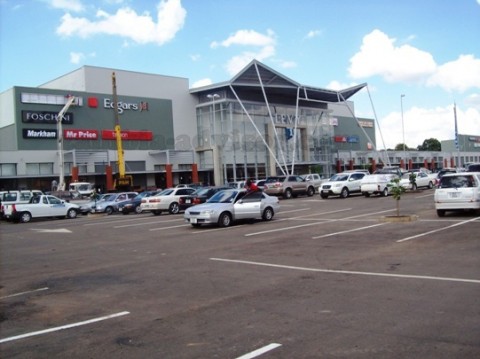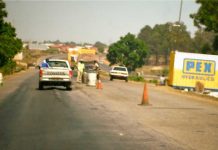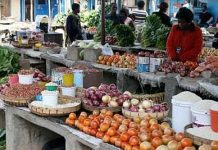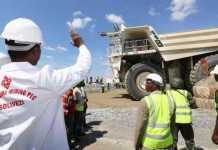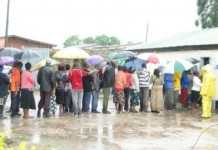The sequel to this was an evaluation of the education system in Zambia and suggestions on what needs to be done moving forward. In this spread, the focus is on the status of the nation’s economy in retrospect, current and future. This will be cross cutting as it will touch on literally every sector of the economy.
The advent of pleural politics in Zambia ushered in drastic changes in the country especially the liberalisation of the main sectors of the economy – particularly the mining industry. The novelty of that move was to save the loss making parastals and steer up economic revival. With that came structural adjustments, liquidations with antecedent ramifications of retrenchments and gross job losses which were not immediately re-created.
The ensuing rapid privatisation of the 1990s enviably saw increases in real GDP growth of 4.8% annually from 2002 to 2005 contrasted to a mere 2.2% during the previous 4 years (1998-2002). Likewise, per capital income was found to have increased by 2.3% annually over the same period. The main drivers of growth were the expansions in the mining and construction sectors with the mining sector being rejuvenated by recapitalisation as a result of new investments. The construction sector was boosted by residential housing and developments in the mining sector too. Moreover, at that time, global market commodity prices favoured the economy.
It is regrettable though that such unprecedented growth did not so much as translate into reduction in poverty and hence improvements of the livelihood of our people. What went wrong?
It has been shown that the agro sector employs most of the Zambian population. However, most of these people, as well as others are classified as living below the poverty datum line. How can this be? It is because the sector is not paying well, it is not producing much, it is not adequately supported and promoted by the state. The real GDP share of only 2.6% (2002-2005) to a sector that employs the bulk of our economy is telling.
As the nation seeks to eradicate or halve the prevalence of poverty and at the same time raise its tax net, the agro sector could serve as a safe net as it is apparently less vulnerable to the fluctuations in the global market which have beset the mining industry from as far back as the late 1970s.
The nation rightfully takes pride in having registered increases in non-traditional exports which included primary agro products being cotton lint and yarn, vegetables, flowers and gemstones. Secondary products such as cane sugar also did well – of course besides the usual which is copper, copper wire and electric cables.
Although much of our agro produce is exported as raw materials, there is great manufacturing potential in processing these produces and the chance for job creation is immensely underutilised – not to mention forex.
We continue to ask some very important questions as we turn FIFTY to check our progress and make a prognosis into the next half a century. Some pertinent questions are:
- 10 years down the road, how many sustainable jobs have been created and continue to be created annually?
- To what extent have we reduced unacceptable levels of poverty just less than one year before hitting the MDG of halving it by 2015?
- To what extent have we bettered our housing, water and sanitation?
- Will some parts of Zambia remain without power for the next 50 years still?
- Has the republic conformed to the SADC and Maputo Declaration of raising agro budget to at least 10% of GPD? Has our life expectancy improved?
- How is the business climate? Does it favour entrepreneurship, FDI? These and related questions will be answered in the next edition as the nation soldiers on the path to middle income status with a difference.
Elarm Chalusa

 JOIN DRIVERN TAXI AS PARTNER DRIVER TODAY!
JOIN DRIVERN TAXI AS PARTNER DRIVER TODAY!